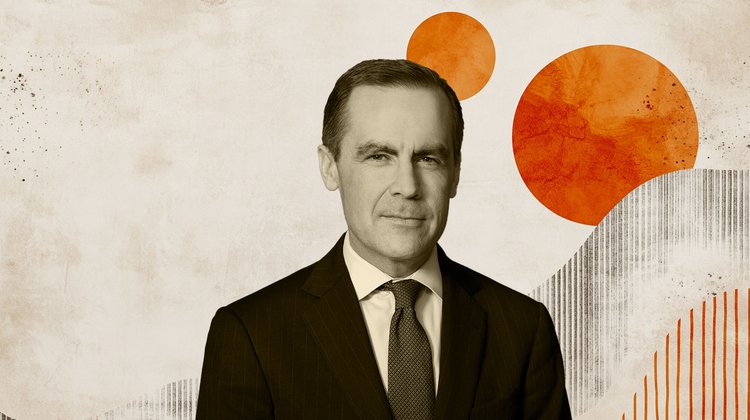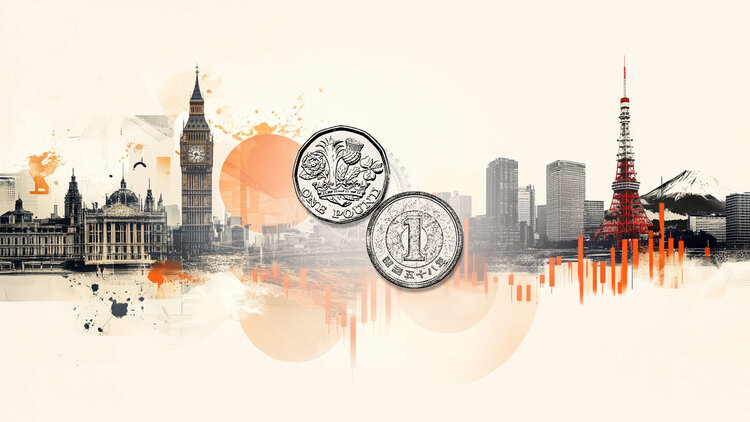Bitcoin’s current inflation rate
located around 1.8%. Since the launch of the cryptocurrency in 2009, this indicator for BTC has been steadily declining. In comparison, the dollar inflation rate is 6.4%. That is, Bitcoin is 3.57 times less prone to inflation, Woobull analysts conclude.
BTC inflation falls every four years due to the halving procedure. The next such event is scheduled for May 2024. Back in 2011, Bitcoin’s inflation rate was 50%, and after the first halving in 2012, it fell to 12%. In 2016, it dropped to 4-5%.
At the time of the previous halving, the price of BTC was rising. In fact, there is a clear dependence: during the halving, the price of BTC rises, as a result of the decrease in inflation of the first cryptocurrency.
The current bitcoin inflation rate is even below the USD SEC target of 2%.
It is the deflationary model of BTC that is the reason for the decrease in the inflationary level of the digital coin. The level depends on the reward system for miners, which is divided in half during each halving. In addition to the US dollar, bitcoin is also often compared to gold. In certain time intervals between their courses, there is even a certain correlation.
Source: Bits
I am an experienced journalist, writer, and editor with a passion for finance and business news. I have been working in the journalism field for over 6 years, covering a variety of topics from finance to technology. As an author at World Stock Market, I specialize in finance business-related topics.







